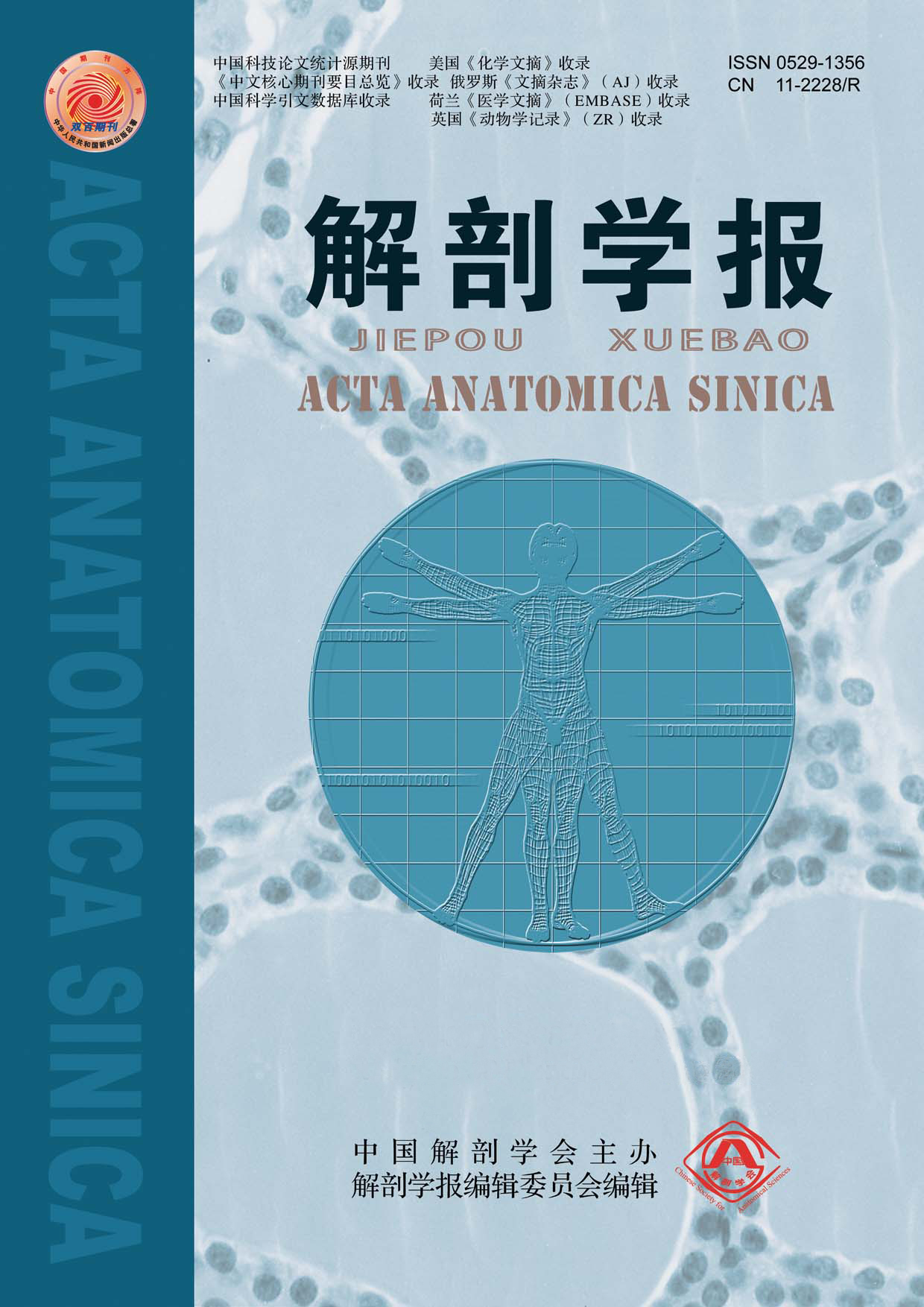Objective To explore the effects of hydrogen sulfide on pulmonary vascular remodeling and its inhibitors in rats with pulmonary hypertension(PH). Methods Thirty male SD rats were randomly divided into control group (10 rats), model group (10 rats) and H2S intervention group (10 rats), PH model was induced by Lilium Wilfordii in model group, on the basis of model group, rats in H2S intervention group were injected with NaHS (56 μmol/kg) intraperitoneally, while rats in control group were injected with normal saline at the same dose. Four weeks later, the hemodynamic parameters were measured, the right ventricular hypertrophy index (RVHI) was calculated, the pathological changes of pulmonary vessels were detected by HE staining, and the expressions of p38 and c-Jun N-terminal kinase(JNK) proteins in the mitogen-activated protein kinase (MAPK) family were detected by Western blotting and Real-time PCR. Results There were significant differences in hemodynamics, RVHI, wall thickness as a percentage of vessel diameter(WT)%, pulmonary vessel wall area as a percentage of vascular cross-sectional area(WA)%, p38 and JNK in each group (P<0.05). The expression levels of MSAP, MPAP, RVHI, WT%, WA%, p38 mRNA and JNK mRNA in the model group and H2S intervention group were significantly higher than those in the control group (P<0.05), while the levels of MSAP, MPAP, RVHI, WT%, WA%, p38 mRNA and JNK mRNA in H2S intervention group were significantly lower than those in the model group (P<0.05). The pulmonary artery morphology showed that the wall thickness and lumen stenosis of the model group and the H2S intervention group increased compared with the control group, but the lumen thickness and lumen stenosis of the H2S intervention group were significantly reduced compared with the model group; Western blotting showed that the expressions of p38 and JNK in model group and H2S intervention group were higher than those in control group, while the expressions of p38 and JNK in H2S intervention group were lower than those in model group. Conclusion H2S can improve hemorheology, right ventricular hypertrophy index, alleviate pulmonary artery wall thickening and lumen stenosis, and inhibit pulmonary vascular remodeling in PH rats. Its mechanism may be related to the down-regulation of JNK and p38 protein expression in MAPK signaling pathway by H2S.


